Danish Mars Research on New Missions
Jens Martin Knudsen (1930-2005) retired in 2000 at the age of 70. But Mars research has continued with Danish participation in the Phoenix mission in 2008, the MSL mission in 2012 and the planning of the next mission, Mars 2020.

Even though Jens Martin Knudsen retired in 2000, he remained very active in both the Mars Group and as a lecturer in public.
Jens Martin Knudsen made sure that his 'co-Investigator' role for the Mars Exploration Rovers in 2001 was transferred to Morten Bo Madsen, but Jens Martins Knudsen's interest continued unabated as long as he lived – as did his contribution to the group's work.
Phoenix mission in 2008
In 2008, the group took part in NASA's so-called 'Phoenix Mission', where the Danish researchers and technicians delivered a set of three reference plates for the colour calibration of the stereo colour cameras on board the mission.
The improvement included making the magnets larger – and this made the relatively clean area a little bigger.These colour reference plates were improved in relation to the 'sweep-magnet' experiments that had been carried out on previous missions, in order to investigate the non-magnetic dust that is able to land in the middle of the ring magnets.
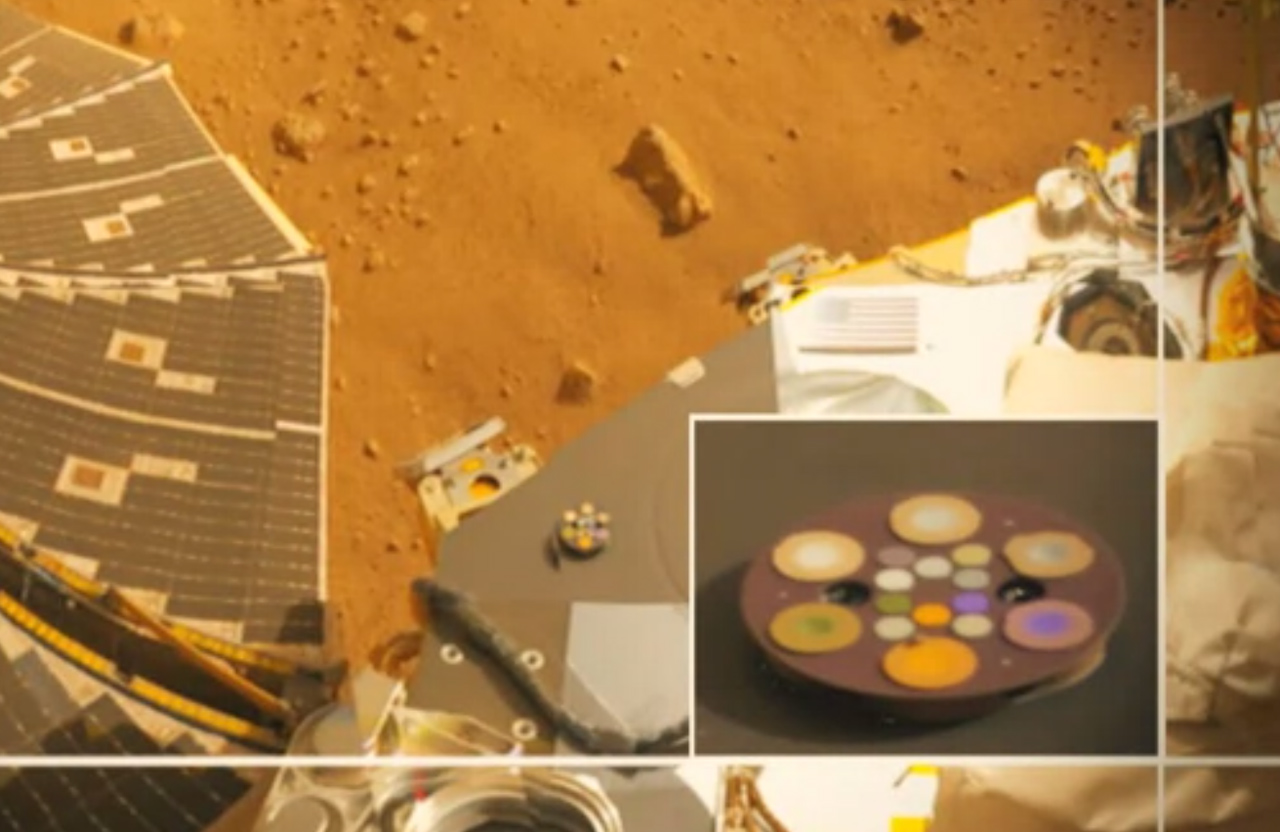
The colours of the protected area in the centre of the magnets were also different and the Danish team hoped that this would make it possible to detect the dust that might find its way into the middle of the strong ring magnet.
The experiments with the collection of dust on the colour reference plates showed that the amount of non-magnetic dust is (probably much) less than 30% of the total amount of dust, but since the mission only lasted 150 days on Mars, it was difficult to say anything very precise about the properties of the few particles that landed in the more or less protected area in the middle of the magnets with the available data.
Inspired by the Vikings
A significant part of the Danish involvement in the Phoenix mission was that the Niels Bohr Institute's colleagues in Aarhus supplied an anemometer, called a 'Telltale', for the Phoenix mission.
It is a small and simple instrument that is also very accurate and has given the best wind measurements on Mars to date. The instrument was inspired by the small pieces of wire that were first used by the Vikings in front of the sails on the Viking ships to fine tune the sails to operate with optimum efficiency.
It consisted of a small ultra light tube made out of Kapton and suspended in woven Kevlar fibres in order to provide a little damping so the tube would not swing like a pendulum. Placed under the Kapton tube was a small square mirror, which allowed the images from the mission's stereo camera to observe movement in all directions.
The instrument was carefully calibrated in the wind tunnel in the Mars simulation laboratory and it was therefore possible, using lots of pictures from the little Telltale, to get the best wind measurements ever recorded on Mars during the 150 days the mission lasted.
Mars Science Laboratory, 2012
In November 2011, NASA launched a new mission to Mars, the 'Mars Science Laboratory' or MSL, which carried the rover Curiosity. After a nine-month journey, it landed on Mars in the scientifically exciting Gale Crater.
One of the interesting results from this mission was the discovery of traces of ancient streams that proved that there was once liquid, flowing water on Mars. This could be concluded from a study of the unique erosion of rock in water.
When rocks are eroded by the wind, they are angular and rough – just like sandblasting. When rocks are eroded by water, they look completely different. They tumble around and bump into each other and gradually the corners and edges wear off and the rocks become smooth and rounded. Thus, researchers could clearly conclude from the shape of the rocks, that the erosion must have been caused by relatively strong flowing streams that could be compared to a typical Danish stream
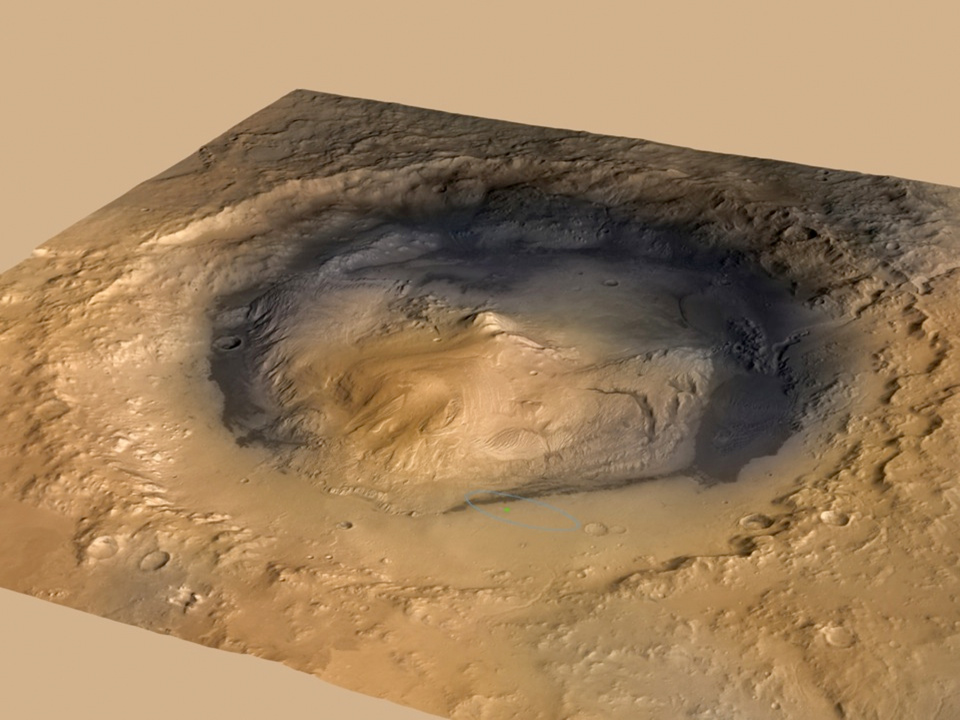
Mars has thus been a habitable planet with flowing water – the studies in the lowest lying area reached by the Mars rover Curiosity showed, for example, that this area is an ancient lakebed containing both clay minerals and sulphates.
The next mission - Mars 2020
The minerals that were found in Gale Crater showed that the area was not formed in an acidic or alkaline environment, but at a neutral pH. Since the area is also characterised by an elemental composition that – apart from organic material – is like good agricultural land, these results combine to demonstrate that this particular area in the Gale Crater on Mars was once habitable at least for microorganisms.
But has there ever been life? – and when a manned mission is sent to Mars, how will the astronauts get oxygen to breath when they are out there? That is what the next mission, Mars-2020, will try to find out and the mission has Danish participation with the Mars Group at the Niels Bohr Institute, who are involved with two experiments, Mastcam-Z and MOXIE.
Mastcam-Z is a stereo camera that sits on the mast, which both can see far out into the terrain and can zoom in and capture close-ups. MOXIE stands for 'Mars OXygen In situ resource utilization Experiment', and it is an instrument designed to produce oxygen from the CO2 that is already found in the atmosphere.
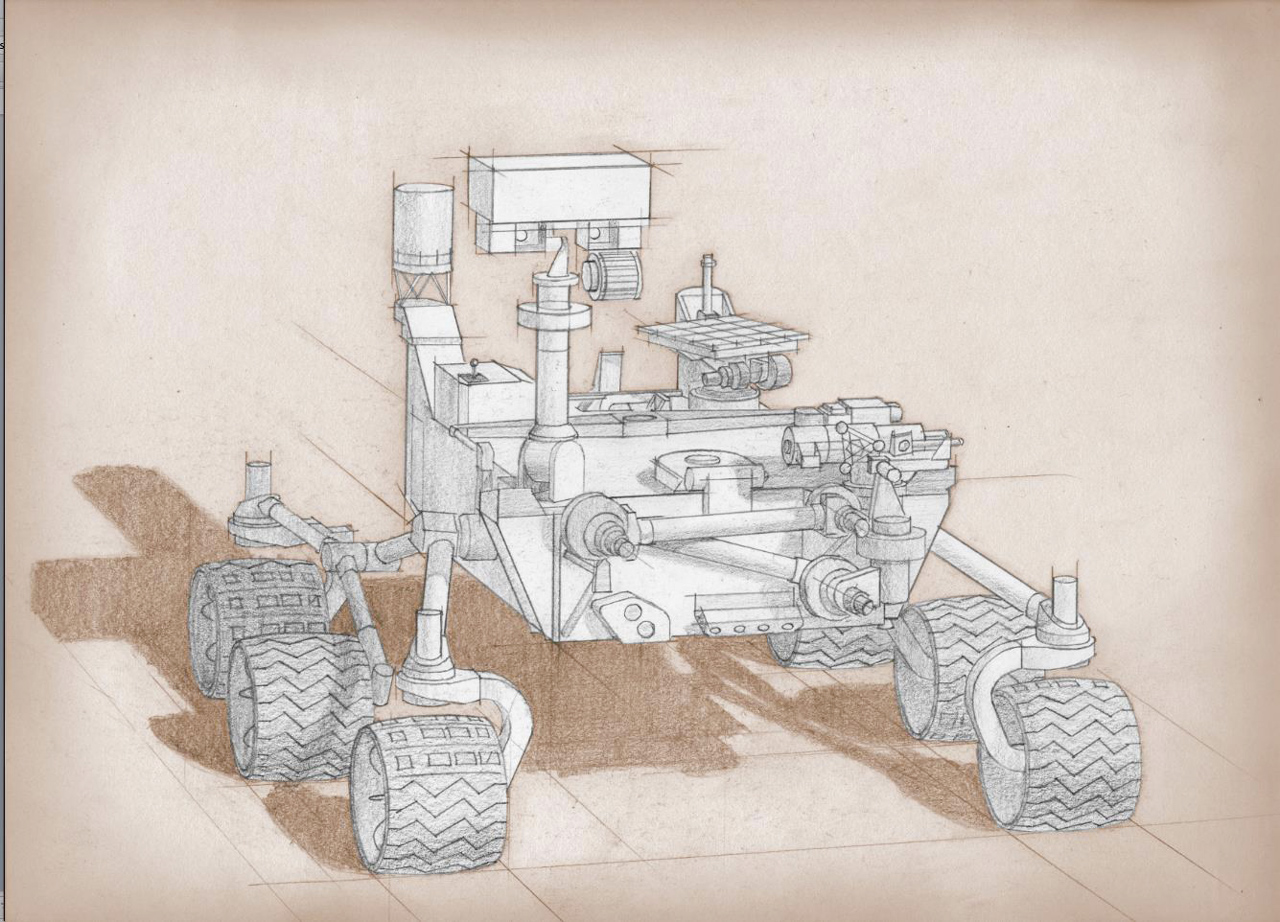
In addition, oxygen will be needed for a return rocket, in which the visitors will travel back to Earth again.There is virtually no oxygen in the Martian atmosphere, so the ability to produce oxygen is preparation for manned missions to Mars, when people will need to be able to breathe and get the necessary oxygen.
The Mars 2020 rover will also take core samples of the subsurface and here the goal is to find deposits that might contain fossils or other signals of, for example, microbes in stone. The idea being that the samples will be stored on Mars so that they can be brought to Earth by a later mission.
The Mars 2020 rover will be launched in July or August of 2020 and the trip to Mars will take seven to nine months. According to the plan, the rover will conduct experiments for a Martian year (nearly two Earth years).
The Mars Group will thus help in the planning of the scientific experiments that will carried out on the red planet – including the choice of the samples that will eventually be brought back from Mars.
Thanks to:
- Anne Knudsen, Jens Martin's widow, for pictures and memories
- Morten Bo Madsen, associate professor of physics at the Niels Bohr Institute, for stories and help arranging the scientific portion of the portrait in particular
Læs mere:
- Read more abput the Niels Bohr Institute's Mars-group
Jens Martin Knudsen Quotes
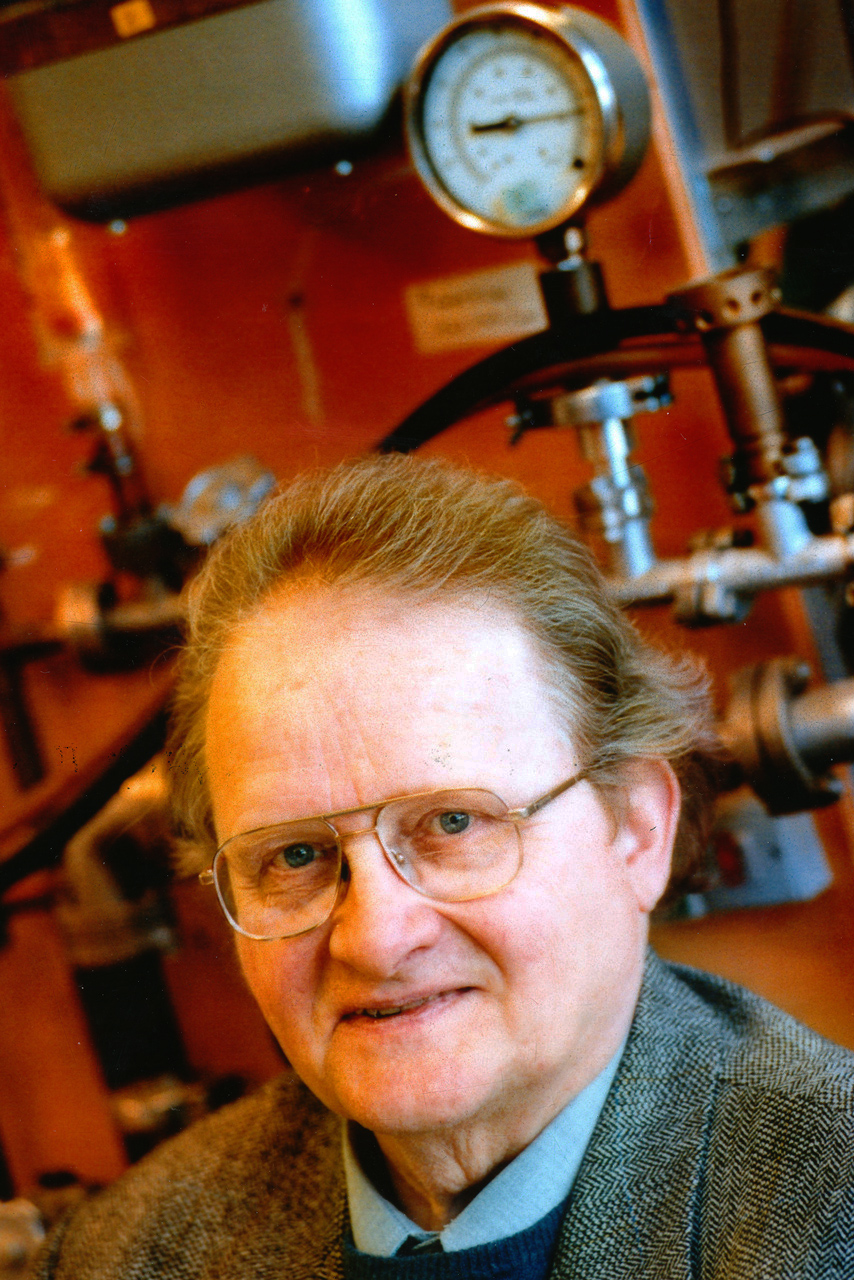
The following quotes were collected by students over the course of Jens Martin Knudsen's career.
- In 2000 years the Bible will be forgotten, but Maxwell’s equations will still stand forward as the core of our society!
- If you can show that just one of the three laws of motion does not hold, then you can make an appointment with the tailor and by a tuxedo, for you are going to Stockholm and are receiving the Nobel Prize!
- Thanks, Tycho, Thanks!
- Life in the universe, yes, what should I say – if you ask the higher form of intelligent life in the universe – the Danish professors ...
- It is a mystery to me that far eclipses the question of how intelligent life came into being in the universe, why there are no windows in the auditorium! I told the architects that there are these small rectangular things – normal people call them windows. Use them!
- Allow me to illustrate what it is I mean: Lord Kelvin was a true expert and authority and, concerning some things, has had an important impact on the development of classical physics. He stated the following:
(1) X-ray will turn out to be a bluff!
(2) Flying machines thicker than air will not be possible!
(3) The wireless has no future!
Water on Mars
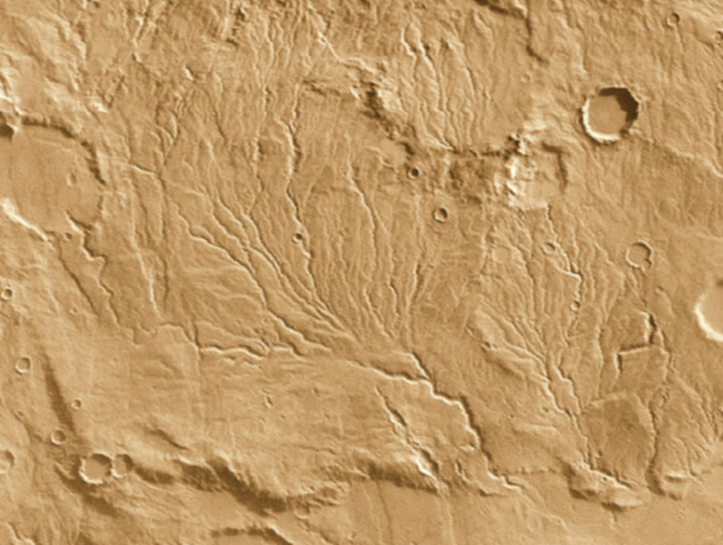
Holy Cow
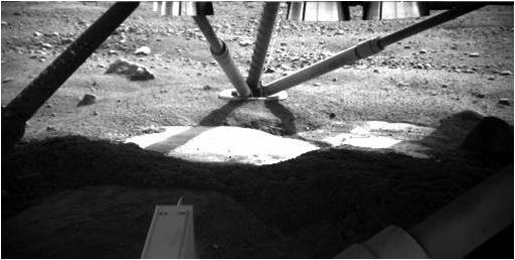
The first image recorded from the Phoenix mission under the lander using the robotic arm camera.
At the top are nozzles from some of the 12 braking rockets. A landing footpad about 30 centimeters in diameter is seen in the background at the end of three tubes in the landing gear. The light, rectangular structure at the bottom is a probe for measuring temperature and thermal and electrical conductivity.
The white area in the middle is a hard layer in the subsurface exposed by the exhaust from the braking rockets. Even though the theme for naming during this mission was fairytale figures, the term 'Holy Cow' stuck, which was the spontaneous exclamation of the American colleagues when they saw the hard region exposed.
This was possibly the underground ice that the mission had come to investigate.